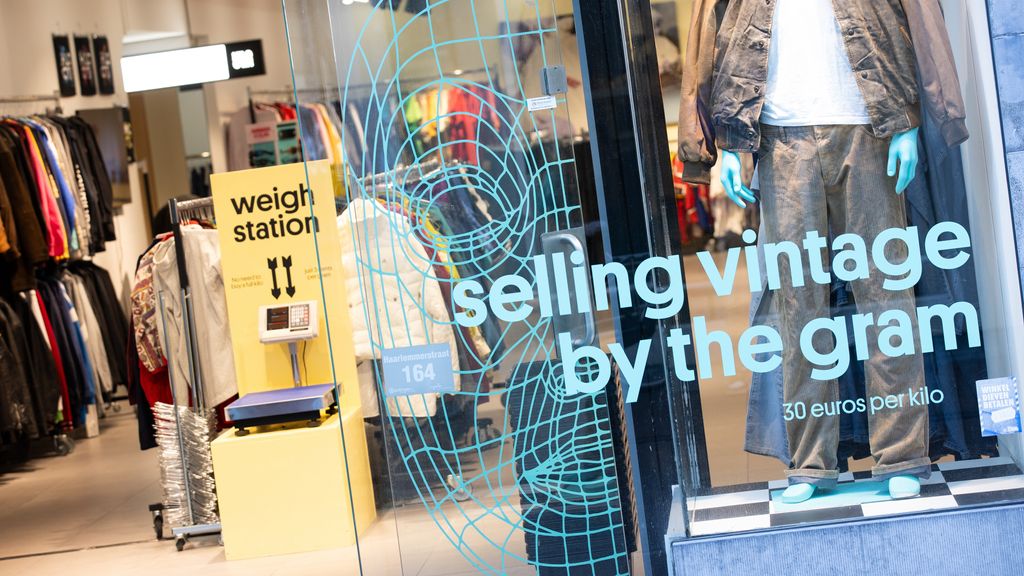
This article was last updated on August 19, 2025
Canada: ![]() Oye! Times readers Get FREE $30 to spend on Amazon, Walmart…
Oye! Times readers Get FREE $30 to spend on Amazon, Walmart…
USA: ![]() Oye! Times readers Get FREE $30 to spend on Amazon, Walmart…
Oye! Times readers Get FREE $30 to spend on Amazon, Walmart…
Table of Contents
Vintage, pre-owned or pre-loved: second-hand clothing stores are popular
Second -hand clothing is popular. In the past twelve years, the number of second -hand clothing stores has increased by 40 percent. This is according to figures from the Chamber of Commerce (Chamber of Commerce). Where these things used to be mainly in larger buildings on the outskirts of the city, they can increasingly find it in busy shopping areas due to the popularity.
Enthusiasts can take their blow in Noord-Holland, where there are most second-hand clothing stores, followed by South Holland. With five stores, Flevoland is at the bottom of the list. Between 2013 and 2025 the number of stores increased the most in Friesland and in Zeeland. In no province did the number decrease.
“People want to live cheaper and more sustainably,” says Kim Poldner. According to the professor of the Circular Economy, the trend to buy second -hand is perfect. “In addition, you also have the chance to find gems that other people are not walking around with.”
It is mainly women who run a second -hand store. Of the 573 entrepreneurs, 471 are women. This means that the share of female entrepreneurs in that industry is far above the average (38%) in Dutch business.
Competition
Judith Tuinhof from Barneveld has been running her second -hand store Oh Me Oh My for almost fifteen years. “In the beginning, people did not say that they shops, it was then also done to cut back. Now it is popular that I even moved my store to the center.”
Tuinhof also sees in its surroundings that more stores are being added. For example, she has competition from Emma van de Beek, who opened her store Yours Vintage two months ago. “It’s going so well, many people say I have beautiful things,” says Emma enthusiastically. Since the opening, she has had weekly recurring customers and people also deliver clothes to her.
Pre-loved and pre-owned
Large fashion brands have also discovered the market for second -hand clothing. Through their own pre-loved and pre-owned Platforms can hand in their worn clothing. That clothing is then sold again – according to those brands they contribute to a more sustainable clothing industry.
According to Poldner, second -hand is better, as long as it replaces the purchase of new clothing. “But that is just the problem. If people buy a lot of second -hand and still new clothing, then that has a less positive impact on the environment.”
And the new clothing that people buy is not always suitable for a second life. In recent years, the ‘Ultra Fast Fahion’ has emerged, clothing from especially Chinese web stores that are designed and made in a few days. “Clothing from those companies is of incredibly low quality. It is very cheap, for a few euros you already have the best dresses,” says Poldner.
Figures from trade association Kringloop Nederland show that less and less clothing ends up in thrift stores due to the rise of Ultra Fast Fashion. In addition to clothing, thrift stores offer a wider range of second -hand items, such as furniture and crockery. For years the number of thrift stores grew, at the beginning of this year that light fell.
Share article:

Be the first to comment